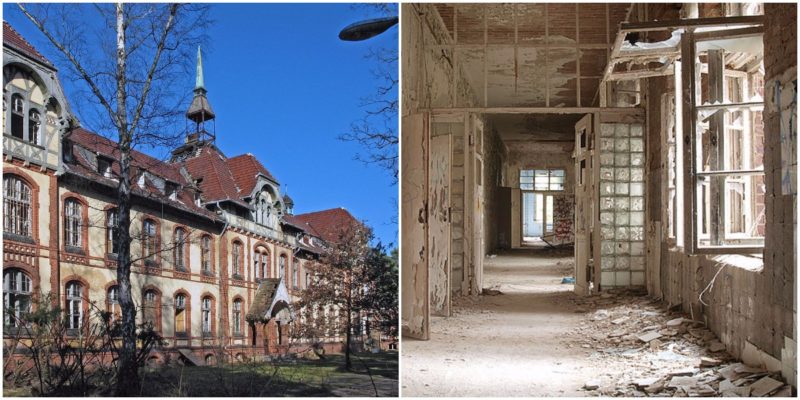As the 19th century was coming to an end, there were many different dangers threatening the world and civilization itself. The political climate in Europe was somewhat close to boiling and, on top of that, tuberculosis was slowly but strongly besieging many of its capital cities. Among them, Berlin was one of the places strongly under Mycobacterium tuberculosis fire. It is estimated that one out of three deaths or disability in the city was a direct cause of tuberculosis.
Of course, the conditions people were living in were perfect for diseases like this. Berlin was overpopulated, overcrowded, and had low-hygiene living conditions. To battle this, the city of Berlin called upon the woods. The dense forest south of Potsdam was the chosen place where several sanatoriums were built, of which the largest site was Beelitz. Apart from the abundance of woodlands, Beelitz was chosen because of existing roads and rail connections to Potsdam and Berlin. They named the facility Beelitz Heilstätten.
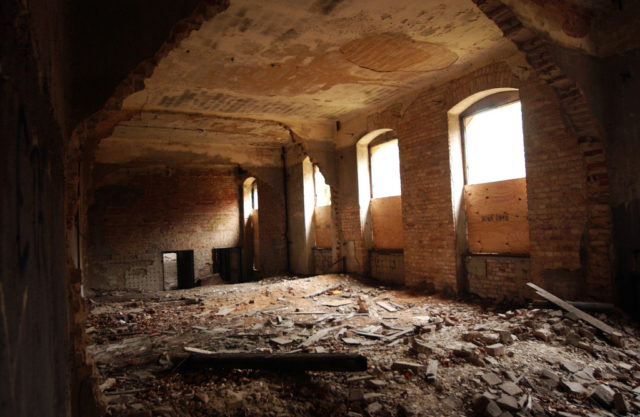
The Sanatorium at Beelitz was designed by the two architects, Heino Schmieden and Julius Boethke. The hospital was designed and built in two phases across four equal sized tracks of land. Two of them (the northern ones), were planned for the sanatoria, while the other two were to be for the treatment of non-communicable diseases.
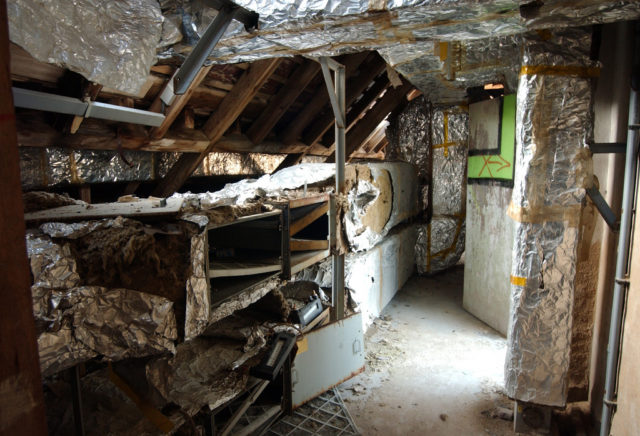
Areas were designated with clear gender divides, with the eastern roads and buildings reserved for the men, while the western ones were for the women. The women’s side had laundry services and kitchens, while the men’s quarters included several workshops and a boiler house.
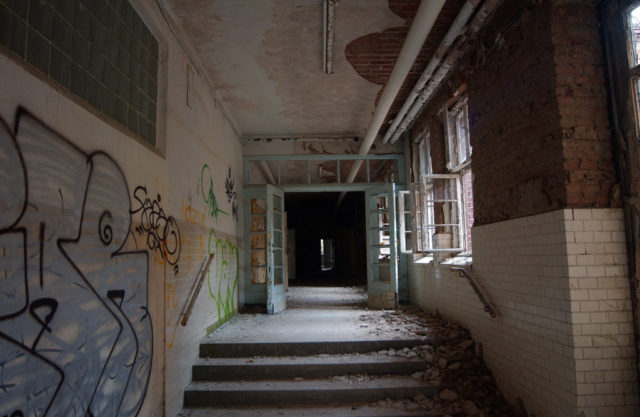
After the first phase was completed in 1902, the result was a complex that was able to provide beds for 600 people. The main part of the tuberculosis treatment back then was the “air-bath” system. Patients would lay on the balconies outside of their rooms and “bathe” in the good air, rich with oxygen produced by the surrounding trees. To maximize this treatment, the first patient pavilion was built in an east-west area to allow as much sunlight on its south-facing balconies as possible.
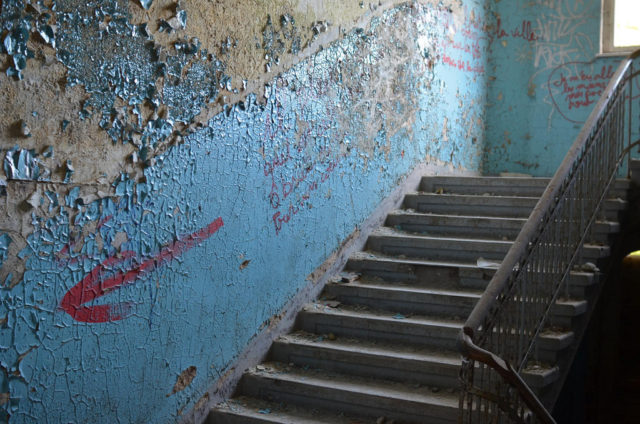
The second phase of construction was carried out between 1905 and 1908. The number of beds was doubled and a lot of other buildings and facilities were added. It became a town in itself, having its own post office, restaurant, nursery, bakery, butcher shop, stables, as well as two kitchens and two laundry houses.
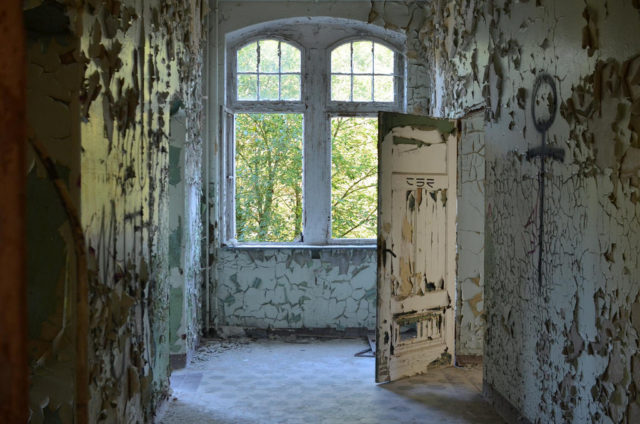
Both world wars played a role in the demolition and abandonment of Beelitz Heilstätten. However, the First World War was a lot easier on the sanatorium as there was no direct damage or destruction to the buildings themselves, unlike during the Second World War.
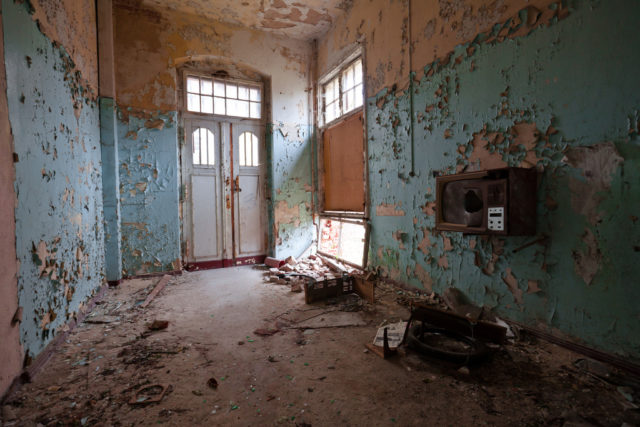
During this time, the Imperial German Army moved into the Beelitz sanatoriums, using it as a military hospital to treat wounded soldiers. More than 12,000 soldiers received their treatment here, one of them being Adolf Hitler himself after he was shot in the leg during the Battle of Somme.
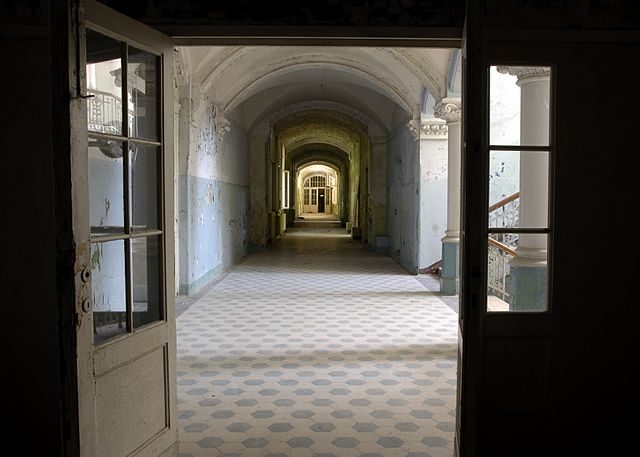
In between the wars, the German economy did not allow for funding for the restoration and running of the hospital and some wards were closed down until 1925. Then between 1926 and 1930, in a third construction phase, a surgical ward was added.
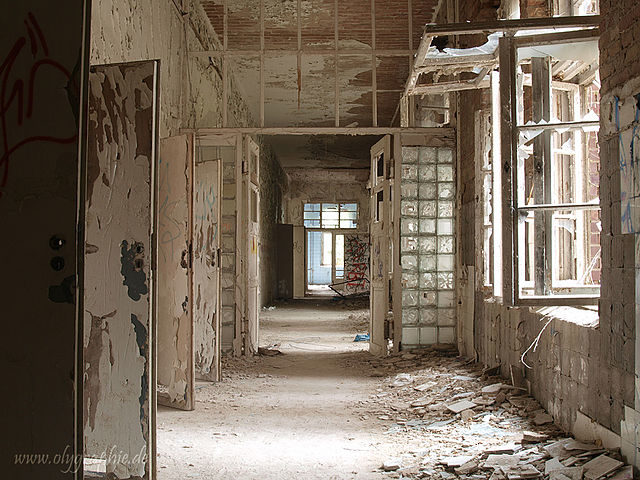
As the Second World War came around, the Beelitz Heilstätten was once again used as a military hospital. This time it endured heavy gun fire and some buildings were severely damaged. The church was so badly damaged, that it was completely demolished several years later. Other badly affected buildings that still stand in ruins today are residencies for bachelor doctors, and the 1907 Lungenheilgebäudes für Frauen (treatment building for women).
